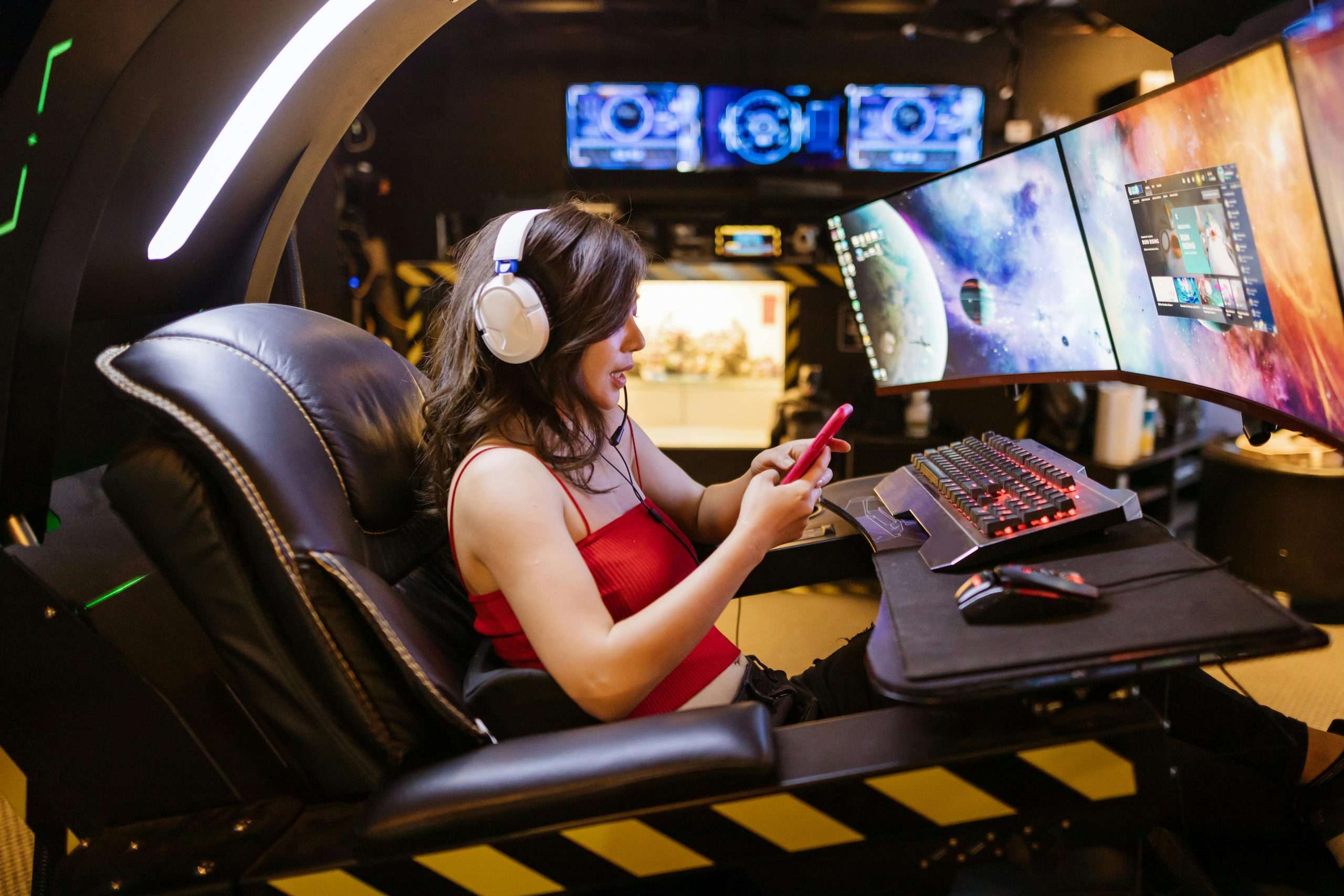Automated Lighting Systems Adapting To User Preferences
Automated lighting systems have been gaining popularity in recent years due to its convenience and energy-saving features. These systems use technology, such as sensors and timers, to automatically control the lighting in a home or building. However, with advancing technology, these systems are now able to adapt to the user’s preferences, making them even more user-friendly. In this article, we will be exploring how automated lighting systems are adapting to user preferences and the benefits it brings.
Understanding the Adaptation Process
Before we delve into the specifics of how automated lighting systems are adapting to user preferences, it is important to understand the adaptation process. These systems work by collecting data on the user’s behavior and inputs. This information is then used to make adjustments to the lighting settings to better suit the user’s needs.
Sensors and Timers
The main components of an automated lighting system are sensors and timers. Sensors detect when a user enters or exits a room, as well as the level of natural light in the room. This information is then used to automatically adjust the lighting accordingly. Timers, on the other hand, can be set by the user to turn the lights on or off at a specific time.
For example, if a user prefers a dimly lit room during the evenings, the system will detect this and automatically adjust the lighting to their desired level. This eliminates the need for manually adjusting the lights and ensures maximum comfort and convenience for the user.
Customization Options
One of the key benefits of automated lighting systems adapting to user preferences is the level of customization available. These systems allow users to program their preferred lighting settings for different times of the day, as well as for different rooms in the house or building. This means that the lighting will be tailored to the user’s specific needs, making it more efficient and comfortable.
Besides the customization of lighting levels, some advanced systems also offer color customization. This means that users can choose the color of the lighting to match their mood or activity. For example, a warmer tone for a cozy night in, or a cooler tone for a productive study session.
The Benefits of Adapted Lighting
Energy Efficiency
Automated lighting systems adapting to user preferences not only offer convenience but also contribute to energy-saving efforts. By adjusting the lighting based on natural light and user preferences, these systems can significantly reduce energy consumption. This not only benefits the environment but also helps to lower utility bills for users.
Convenience and Comfort
Gone are the days of manually adjusting lights or forgetting to turn them off. With automated lighting systems, users can simply walk into a room and be met with their desired lighting levels. This not only saves time and effort but also provides maximum comfort for users. Whether it is a relaxing evening or an intense work session, the lighting will be tailored to the user’s needs.
Increased Security
Another benefit of automated lighting systems is increased security. Many systems come with features that allow users to remotely control the lighting in their home or building. This means that even when they are away, they can turn the lights on and off, giving the impression that someone is home. This serves as a deterrent to potential intruders.
In Conclusion
In a world where technology plays an increasingly important role in our daily lives, it is no surprise that even our lighting systems are adapting to our preferences. With the ability to customize lighting levels and colors, as well as increase energy efficiency and convenience, automated lighting systems are becoming a popular choice for homes and buildings. So if you want to experience the benefits of a personalized lighting experience, consider investing in an automated lighting system today.










